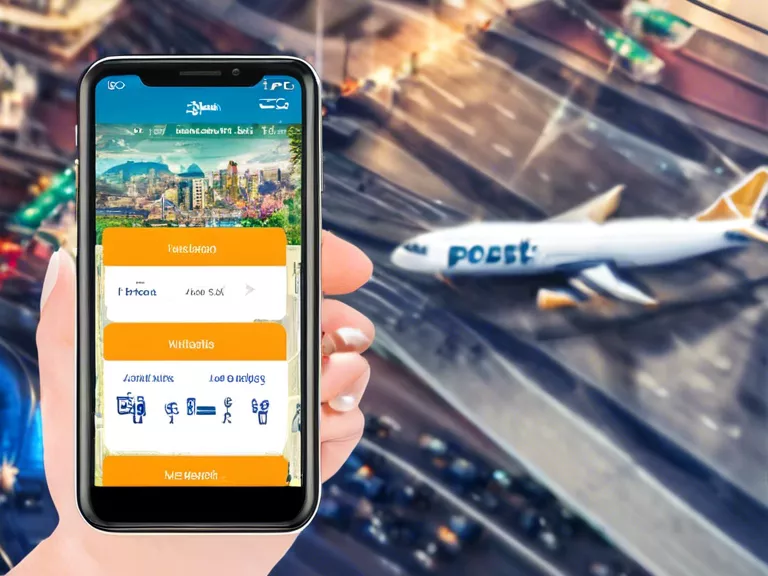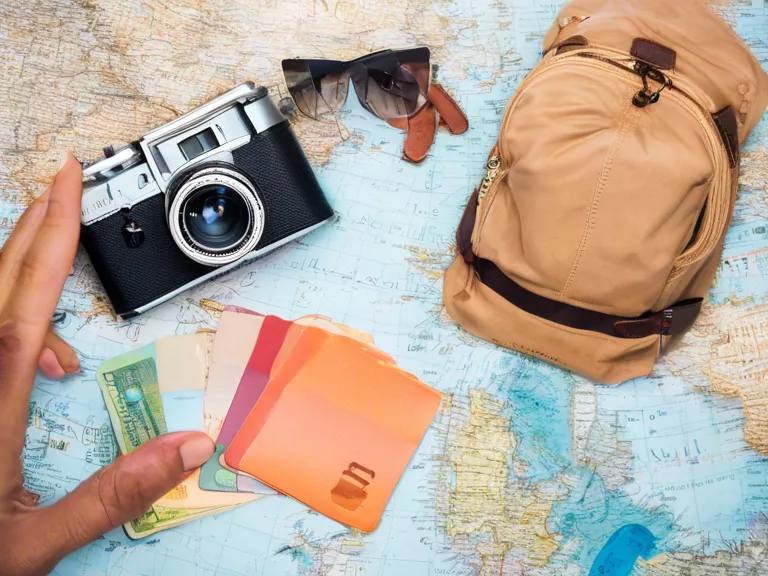
With the world slowly opening up after the COVID-19 pandemic, travel apps are facing the challenge of adapting to the new normal of post-pandemic travel. From increased emphasis on safety protocols to addressing changing customer preferences, these apps are undergoing significant changes to cater to the needs of travelers in this new era.
One of the key ways travel apps are adapting is by integrating features that prioritize safety. This includes providing information on health and safety guidelines at various destinations, as well as offering updated cancellation policies to give travelers more flexibility in uncertain times. Apps are also incorporating features that allow users to track COVID-19 cases in different locations and stay informed about travel restrictions and requirements.
Another important aspect of post-pandemic travel is the shift in traveler preferences. Many people are now opting for shorter, closer-to-home trips and are looking for unique, off-the-beaten-path experiences. Travel apps are responding to this by curating personalized travel recommendations based on individual preferences and offering suggestions for lesser-known destinations that are not overcrowded.
In addition, travel apps are focusing on enhancing the overall user experience to make trip planning and booking easier and more convenient. This includes improving search functionality, providing real-time updates on flight and accommodation availability, and streamlining the booking process with secure payment options. Some apps are even incorporating virtual experiences and tours to cater to those who are not yet comfortable with traveling in person.
As the travel industry continues to navigate the challenges brought about by the pandemic, travel apps play a crucial role in helping travelers feel safe and confident about their trips. By adapting to the new normal of post-pandemic travel, these apps are not only meeting the evolving needs of travelers but also setting new standards for the future of travel technology.



